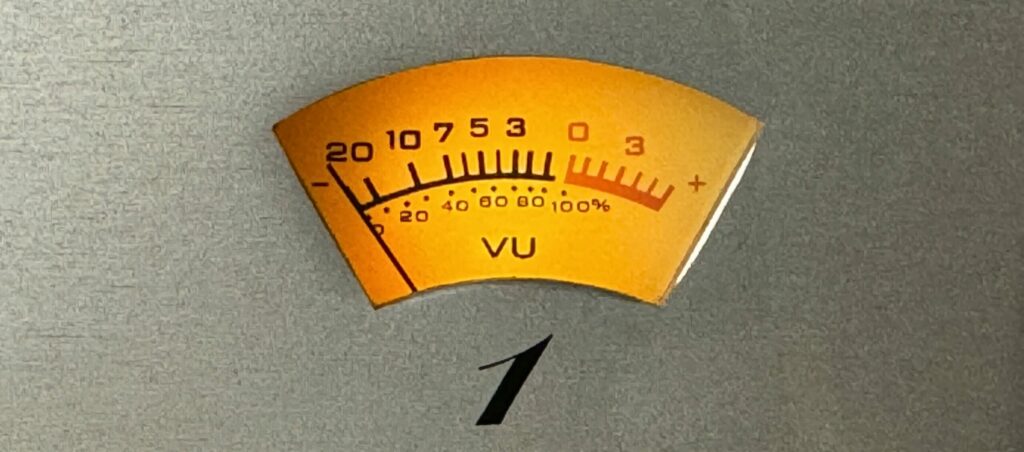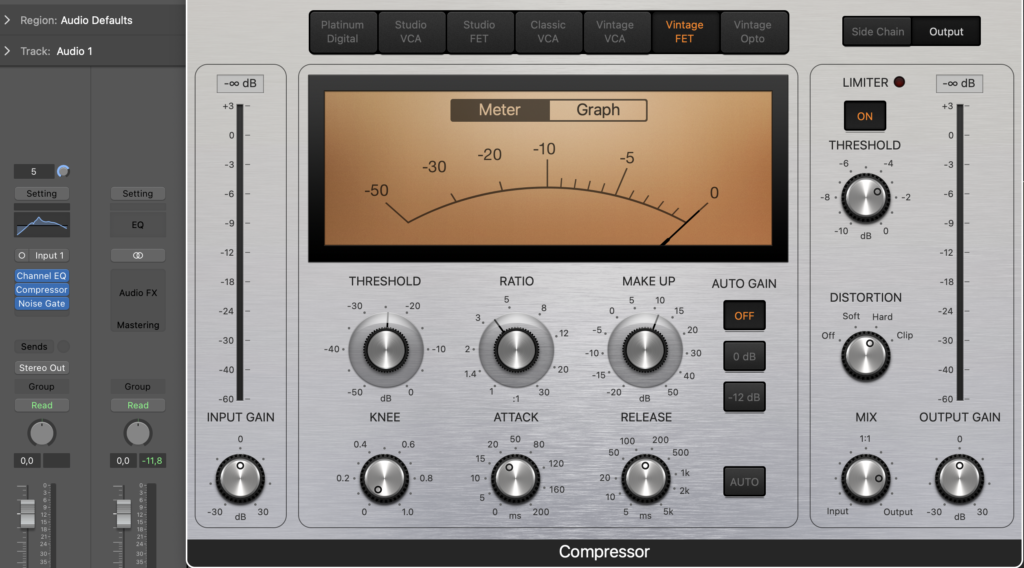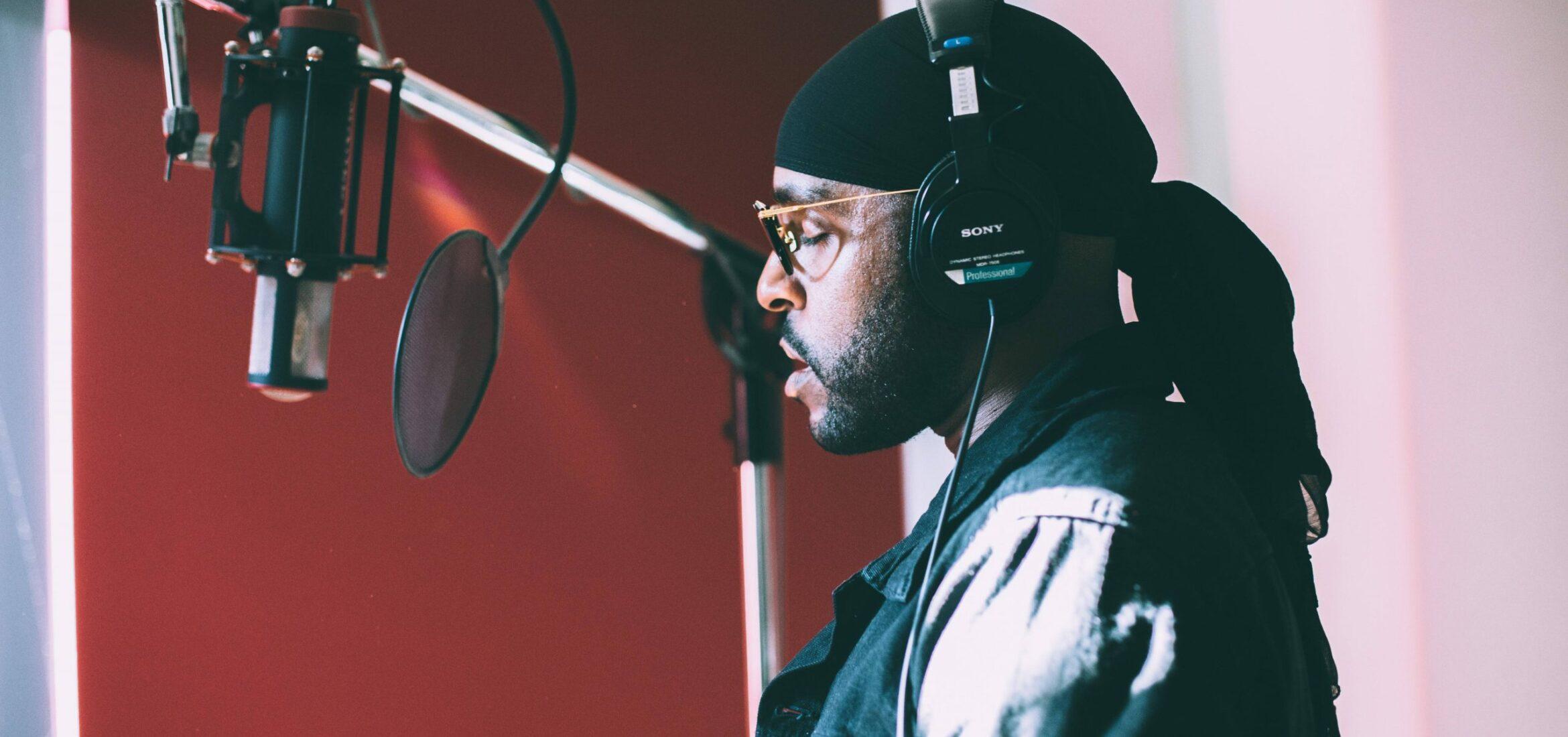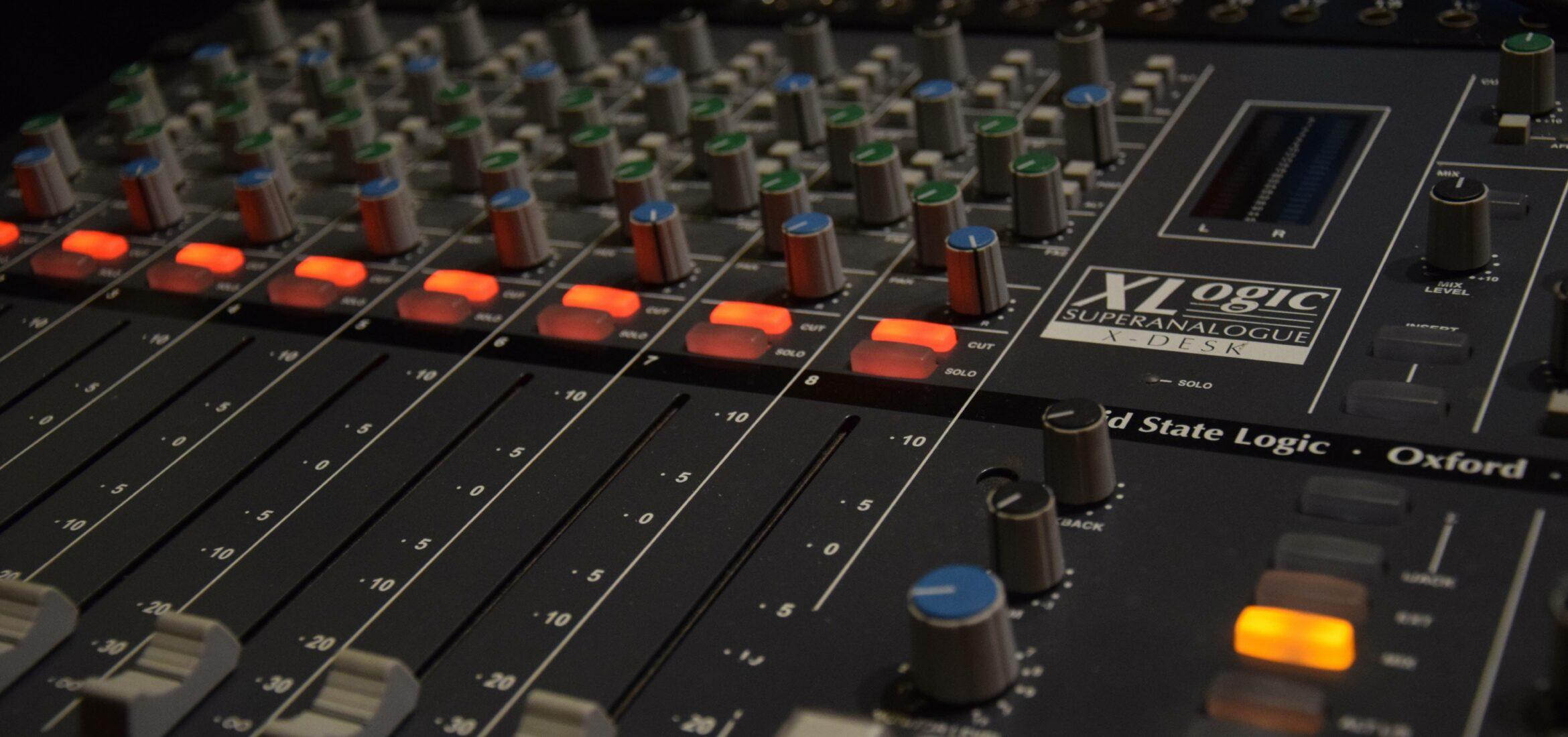Hopefully, you’ve recorded your tracks well, and now it’s time to mix them. Sometimes mixing can be overwhelming, and if you spend too much time, there’s a point where you lose focus. Here are 5 simple audio mixing tips that will help you create a better mix in no time and with little effort.
1. Use EQ And Compression In All Your Audio Tracks
EQ and compression are crucial for a good mix. If you still don’t know how to use them properly, I recommend that you read our posts on how to use compression in your mixes and how to properly EQ a mix. Alternatively, watch a couple of tutorials to ensure you fully understand how they work. You should use EQ and compression on nearly every audio track that has not yet been processed. This doesn’t mean you have to, but it will make it easier to balance volumes. For instance, virtual instruments and samples often don’t need compression because they are already compressed, so you don’t need to add it unless you feel it’s necessary or want to achieve a “compression effect.”
Why Is This So Important?
Compression will give your mix more and punch and will make it much easier to adjust volume levels, as the volume of each individual track will be more consistent. It’s not about over-compressing everything, but in my opinion, applying gentle compression to all the audio tracks will make a significant difference. Once you learn how to compress each type of track, you will benefit more from this great tool.

EQ will make your mix sound clearer by enhancing the good parts of each track and reducing unwanted frequencies. For instance, when you equalize a vocal track, you’ll want to eliminate anything below 80Hz or even 100Hz, as there’s nothing but noise and artifacts there. You may also want to raise frequencies around and above 4kHz to add more warmth.
Except for kick drum, bass, and other low-frequency instruments, you should consider applying a low cut at 80Hz, or perhaps using a low shelf filter instead to reduce them rather than completely removing them.
2. Use Panning Correctly And Benefit From Stereo
This mixing tip is essential; you need to use the stereo field to achieve a clear mix. Here’s a simple tip on how to pan correctly. If it’s a bass, a low-frequency instrument, a snare, or a main vocal, it should go to the center. Everything else can and should be panned, depending on how important the instrument is for your mix. If you have a similar instrument on the other side of the stereo, you should pan it differently—be creative.
You also have to compensate for the stereo, so if you pan one guitar to the left, you should pan the other guitar or a secondary vocal to the right. A useful tip for pop or rock is to record your rhythm guitars in stereo (using two microphones in A/B or doing two similar takes) and then pan one track 100% to the left and the other one 100% to the right. This will create the illusion that the guitar is centered when it’s not, making it much easier for you to fit your vocal track in the middle of the stereo.
3. Use Reverb Wisely
Reverb is essential in any mixing setup, but it’s crucial to apply it carefully. Adding reverb creates a natural sense of space, helping instruments blend seamlessly and making the overall mix feel cohesive. However, too much reverb can quickly clutter your mix, hiding important details and reducing clarity. The goal is to add just enough reverb to enhance depth subtly—you should feel its presence rather than distinctly hearing it. This balanced approach will ensure your mix remains clear, allowing each track to stand out while still contributing to a unified sound.
4. Don’t Use Limiters
One of the most important Mixing tips that I’ve seen a lot of people ignore is using limiters in individual channels, this may feel good at first but it will probably just be because of the volume boost. Using limiters in your mix is a huge mistake in my opinion as it will cause big issues when mastering as your mix will have a lot of distortion already. Use a compressor instead and work with lower volumes to avoid clipping.

5. Simplify Your Mix
Don’t use too many plugins or effects if you don’t fully understand them or are unsure if they are actually helping the mix. It will create unnecessary complexity in the project. Learn how to benefit from the basic effects such as EQ, compression, reverb, and delay before going further.
Also make sure to use groups and FX channels, for example, you should use only 1 stereo FX channel for your reverb instead of adding the effect in every channel. Although it might be confusing at first, using groups and FX will make your project cleaner and simpler to work with.
Conclusion
These basic tips will help you improve your mix, but don’t stop there. Remember that mixing is both an art and a science; it’s essential to trust your ears and develop your unique style. Experiment with different techniques, and don’t hesitate to revisit your tracks with fresh ears after some time. The more you practice and refine your mixing skills, the more confident you’ll become in creating captivating mixes that resonate with your audience. Read other articles like 7 mixing mistakes you need to avoid to steer clear of other common mistakes.
About the Author

Dídac
CEO & Founder of MasteringBOXDídac is a professional audio engineer, music producer and software engineer. He is the founder of MasteringBOX and the author of many of the articles on the blog.
Comments
Gracias por la informacion,muy util
Please what eq is the best…..?
Coz I can remember using Geq10 and I feel no difference in the mix….I’m expecting response please
very helpfull tips,,, big thanks
Very helpful tips… Thank you….
the best answer
Very niice :)
muchas gracias por sus consejos.
Excelente aporte
to the point info! cool!
Clear explanation. Seems natural but good to ear. Nice!
cool, I had a lot of issues to understand how to make my mix, but, now it’s clear, thanks so much, I’ll work with this tips.
Your information is of great help,thanks!
Leave a comment
Log in to comment


